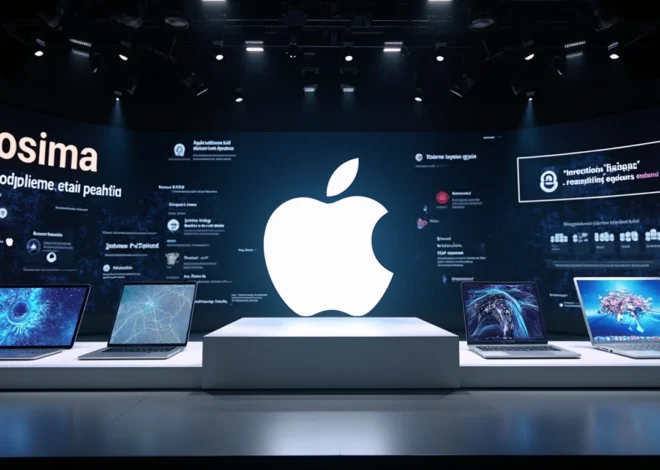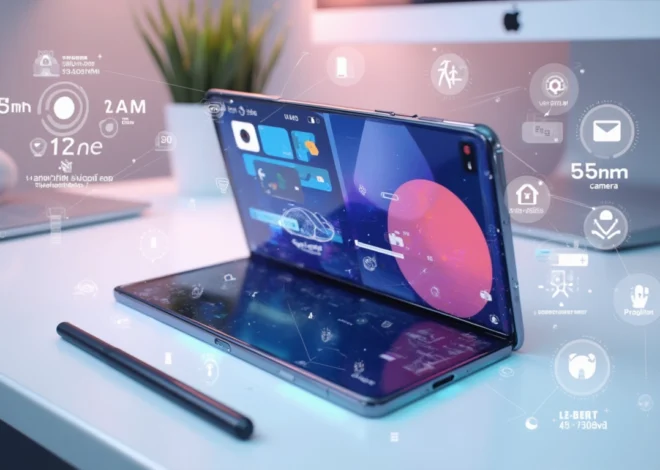
Google DolphinGemma AI Revolutionizes Understanding of Dolphin Communication Patterns
Google’s groundbreaking DolphinGemma AI model marks a significant advancement in decoding dolphin communication patterns by analyzing decades of acoustic data from Atlantic spotted dolphins. This collaborative effort between Google, the Wild Dolphin Project, and Georgia Tech leverages artificial intelligence to transform our understanding of how these intelligent marine mammals communicate.
Table of Contents
Key Takeaways:
- DolphinGemma processes 40+ years of dolphin vocalization data using advanced AI technology
- The model runs on Google Pixel phones, enabling real-time field research
- Based on Google’s Gemma technology, the AI analyzes complex dolphin sound sequences
- The project dramatically reduces analysis time from 100+ years to a fraction of that period
- Research aims to establish interactive communication between humans and dolphins
The Evolution of DolphinGemma
Google’s AI expertise has been crucial in developing DolphinGemma, a 400M parameter model that’s revolutionizing marine research. The system processes natural dolphin sound sequences using Google’s SoundStream tokenizer, identifying patterns and structures in dolphin vocalizations that were previously impossible to analyze at scale.
Technical Innovation Meets Marine Research
The Wild Dolphin Project’s extensive research has provided the foundation for this breakthrough in interspecies communication. By leveraging AI’s analytical capabilities, researchers can now process complex acoustic data in the field.

CHAT: Bridging the Communication Gap
The Cetacean Hearing Augmentation Telemetry (CHAT) device represents a pioneering step in dolphin-human interaction. This technology generates AI-created dolphin-like sounds for specific objects, working to establish a shared vocabulary between species.
The Power of Automation in Research
To streamline this groundbreaking research, scientists are using automation tools to process vast amounts of acoustic data. This automated approach has dramatically accelerated the analysis of dolphin communication patterns.
Future Implications and Applications
Advanced AI systems like DolphinGemma open new possibilities for understanding marine life. The technology’s applications extend beyond dolphin communication to potential breakthroughs in studying other species, including whales, crows, and meerkats through the Earth Species Project’s initiatives.
Conservation Impact
This technological advancement holds significant promise for marine conservation efforts. By better understanding dolphin communication, researchers can develop more effective protection strategies and improve human-dolphin coexistence in shared marine environments.


